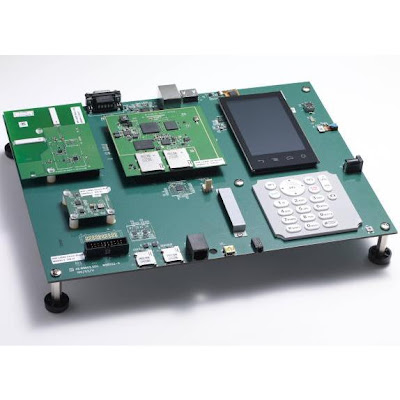
The hugely popular multi-platform, open-source VLC Media Player is well known for it's wide support for virtually every multimedia format available. The nifty media-player is already available for Windows, Mac, Linux and Apple iOS platforms, while Android port of this software is still under development in pre-alpha phase - we now have a first public compiled binary build of Android VLC Media Player for Android available for download.
Similar to another popular media-player port of MPlayer to android, VLC for android will allow users to say goodbye to all the multimedia re-encodings as they will become a “supported format” for your device once VLC is in there.
NEON vs NONEON
There are two builds available of VLC for Android, known as NEON and...



 9/27/2011 07:27:00 PM
9/27/2011 07:27:00 PM
 dannzfay
dannzfay



























